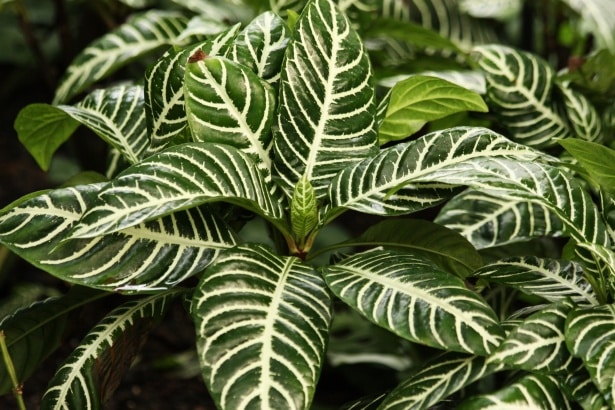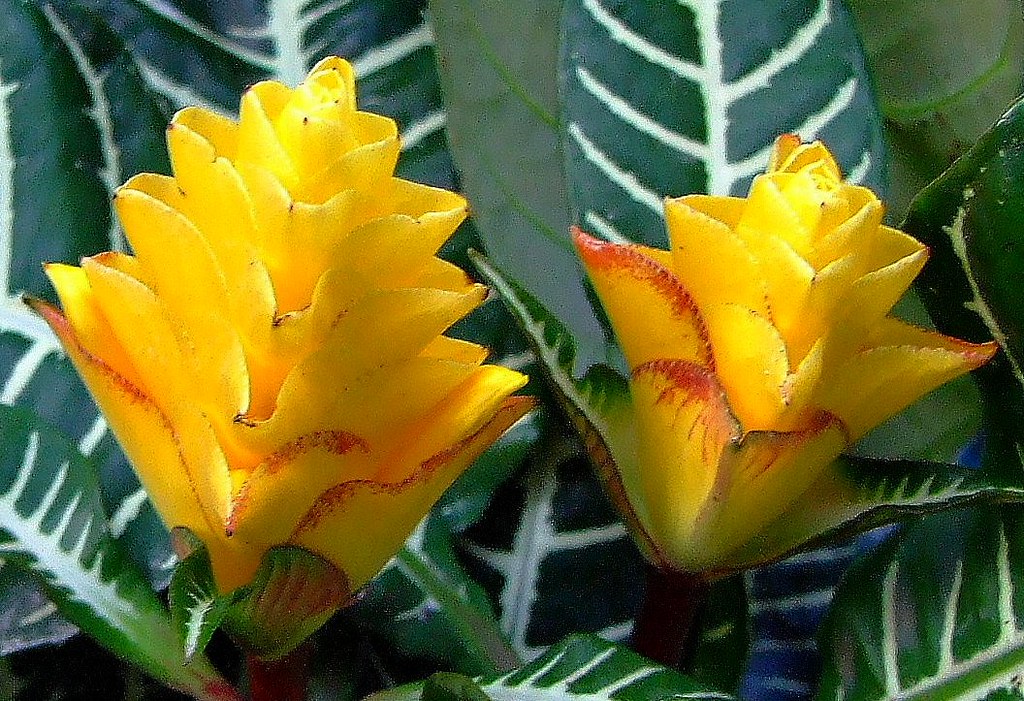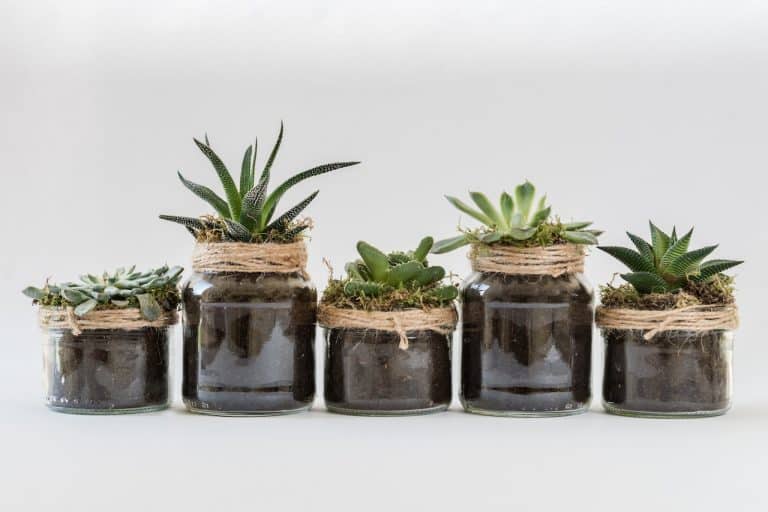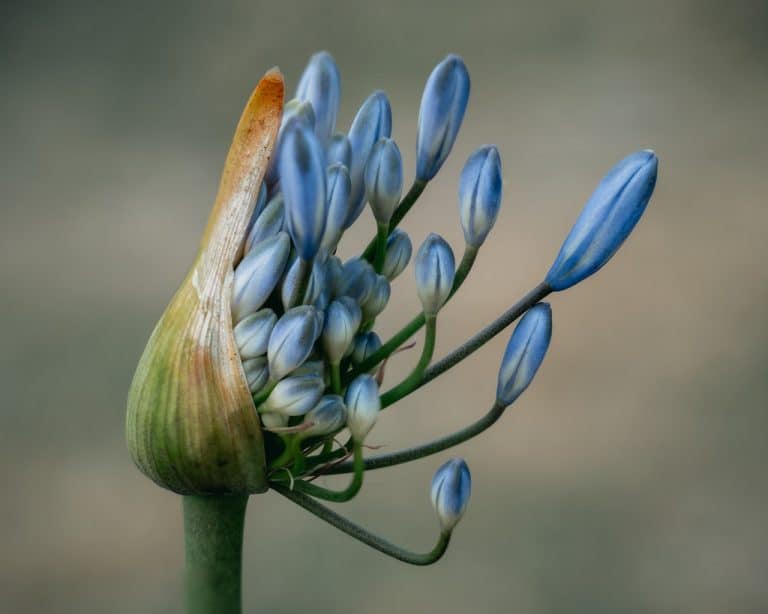Zebra Plant
Zebra Plant-Saffron Spike: APHELANDRA’S GLOSSY GREEN LEAVES marked with bold white leaf veins are reason enough to grow this plant, which matures into a 4-foot-tall, evergreen shrub in its tropical homeland of Brazil.
Potted plants usually grow to no more than 15 in/38 cm tall and are best kept in pots no larger than 6 in/15 cm in diameter. Most people obtain a blooming aphelandra, which shows a lovely cluster of yellow bracts from which emerge delicate, yellow, tubular flowers.
The flowers last only a few days, but the bracts often persist for 4 to 8 weeks. After the bracts deteriorate, clip them off and allow the plant to rest in a cool room for about 2 months.
As light becomes more abundant in late spring, move plant to a bright place near a south or west window, but not in direct sunlight. Or, shift it to a shady porch or patio.
When exposed to bright light for 3 months, aphelandra will usually rebloom in the fall, its natural bloom season. Light intensity rather than day length triggers flowering.
A zebra plant may not bloom when kept in low light, but it will earn its place with its exotic foliage.

SPECIFICATIONS
Light: In spring and summer, bright. In fall and winter, moderate.
Temperature: Warm (65–80°F/18–27°C).
Fertilizer: From spring through fall, feed every 2 weeks. Leach pots twice during the summer. In winter, feed only every 6 weeks.
Water: Keep soil constantly moist. Do not let this plant dry out. Maintain moderate to high humidity.
Soil: Potting soil amended with peat moss or African violet mix.
Repotting: Annually in spring to refresh soil. Keep plants slightly rootbound.
Longevity: 1 to several years; indefinitely if propagated from rooted cuttings.
Propagation: Take stem tip cuttings in spring and root. Use rooting powder to speed rooting.
Selections: The most common cultivar, ‘Dania’, has emerald green leaves with white veins. The white venation is more dramatic in ‘Apollo’. ‘Red Apollo’ features stems and leaf undersides blushed with red.
Display tips: Wipe leaves often with a damp cloth to keep them glossy. Display in a prominent place in fall, when the plant is in bloom.
TROUBLESHOOTING
Leaves become crinkled or curled.
CAUSE: Too much light.
REMEDY: Move plant to a shadier location.
Growing tips wilt
CAUSE: Soil too dry.
REMEDY: Aphelandra requires constant moisture, which can be a challenge in summer when the plant is kept in bright light. Rehydrate pots that may have dried out in the center. This often happens with rootbound plants grown in a peaty potting mix.
Lowest leaves wilt and drop off
CAUSE: Too dry; too wet; excessive fertilizer.
REMEDY: Maintain constant moisture and reduce strength of fertilizer solution. Leach pots to remove possible accumulated salts
Small yellow spots on leaves; tiny flying insects are present
CAUSE: Whitefly.
REMEDY: Isolate plant and install sticky traps
Plant is weak; grows slowly; small flying insects present
CAUSE: Fungus gnats.
REMEDY: The moist, peaty soil aphelandra prefers is attractive to this irritating pest. Keep soil slightly dry for several days, then trap larvae with potato pieces.
White cottony masses on stems
CAUSE: Mealybug.
REMEDY: Remove mealybugs with a cotton swab dipped in alcohol or vegetable oil. Follow other control measures.
Small sucking insects on leaf undersides and new leaves
CAUSE: Aphids.
REMEDY: Clean plant thoroughly with water, then spray with insecticidal soap. See other control measures








